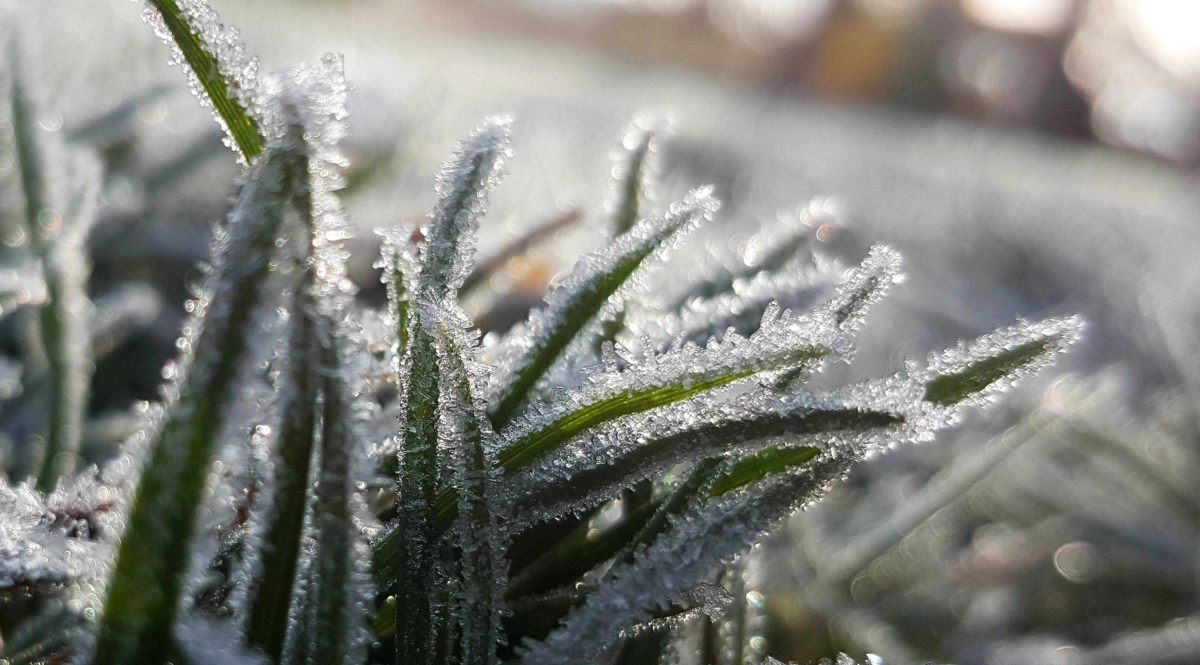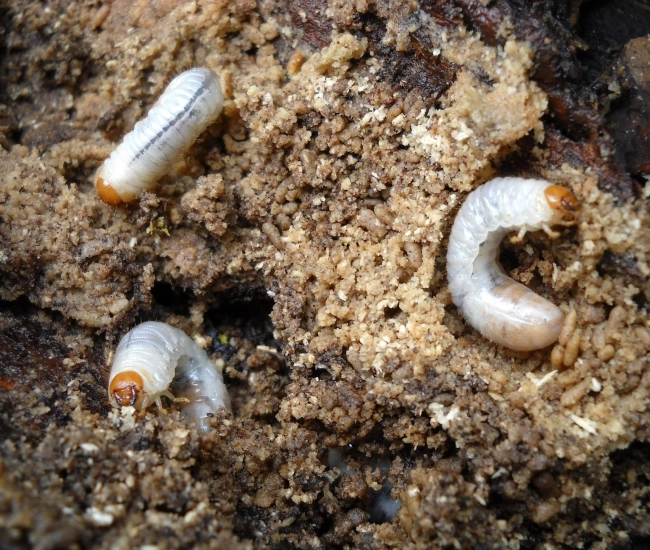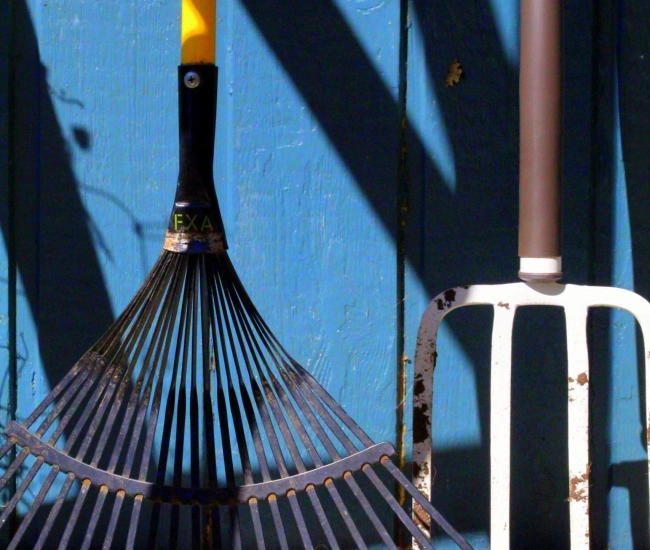
Understanding Plant Hardiness
The climate has a considerable influence on the layout of our gardens. Thus, plants may behave very well on the south side of our house and suffer from cold winds on the north side. This is referred to as climate and microclimate.
In Canada, an indicative hardiness zone is assigned to a plant based on meteorological factors determined by Agriculture Canada. Usually, this zone is identified on sales tags and in horticultural literature. However, one must be careful with the numerical assignment of the hardiness zone of a non-Canadian producer or that of a European horticultural book, because the evaluation criteria are different, the indication does not correspond to the same degree of hardiness as the Canadian chart. A European zone 4 rating is therefore different from our hardiness zone 4. Often, a zone 4 plant in Europe will only be hardy in zone 5 here, sometimes the reverse.
The least favorable areas for plant cultivation are the lowest numbers on the ascending numerical scale of hardiness zones (1-2-3). The higher the numbers (4-5), the more conducive the zone is to cultivation: in these zones, a greater number of plants can therefore withstand and achieve good horticultural performance. Thus, a plant whose hardiness zone is 5a can be grown in zones 6, 7, 8, and 9, and with difficulty or not in zone 4.
Hardiness Zones
Hardiness Zone Growing Days Minimum Temperature
Hardiness Zone 1 100 -45 °C
Hardiness Zone 2 150 -45 °C to -40 °C
Hardiness Zone 3 165 -40 °C to -34 °C
Hardiness Zone 4 195 -34 °C to -29 °C
Hardiness Zone 5a 210 -29 °C to -26 °C
Hardiness Zone 5b 210 -26 °C to -23 °C
It is understood that each hardiness zone has sub-climates. A terrain generally offers favorable areas for plants on the south side of the house or along the foundations, while on the north side, the cold winter winds can "burn" the woody stems of a shrub. Therefore, one can try plants from the neighboring zone to ours, always keeping in mind that these may not survive or may suffer winter losses during a year when the climate is harsher.
Factors That Can Influence a Plant's Hardiness
Several factors can influence the hardiness of your plants. You can even have some control over a few of them.
Plant Hardening Capacity
Mature plants react better to cold because they are more accustomed.
Even a mature specimen can be affected. About thirty years ago, old "MacIntosh" and "Cortland" apple trees almost completely disappeared from the Quebec map. Hardening takes time to set in during the fall and can be quickly lost with a few degrees above 0 °C in winter. When the cold returns with force, the plants do not have time to regain the necessary resistance quickly enough.
Late Growth in Autumn
Several hybrid tea roses, for example, start their hardening process too late in the season, making them very vulnerable to low temperatures.
Adequate fertilization takes into account the plant's hardening period. Fertilization that is too rich in nitrogen (like that required by lawns) is among the most common factors for the lack of hardiness of shrubs placed in flower beds near a lawn. They receive and benefit from what is not intended for them, but they pay the price by becoming more sensitive to frost.
Early Snow Cover
Some plants can thus be cultivated in regions where it would normally be unthinkable to grow them because snow is a good insulator.
Good Windbreak
A protective hedge shields against the deadly cold winter winds.
Humidity of a Watercourse
The proximity of a watercourse mitigates extreme temperatures.
A watercourse of a certain size is required with a surface free of ice at least until the snow comes to insulate the plants.
Winter Protection
For perennials, leave the foliage in place in the fall to protect the roots from extreme cold. For less hardy shrubs and trees, installing protective covers will protect their aerial parts.
If you don't have time to plant container plants before winter, lay them on the ground and cover them with a protective tarp.
Healthy Plants
Cold, like most parasites, weakens sick or weakened plants.
Well-Drained Soil
Some plants do not like having their feet in water during winter frosts.
Tips and advice



